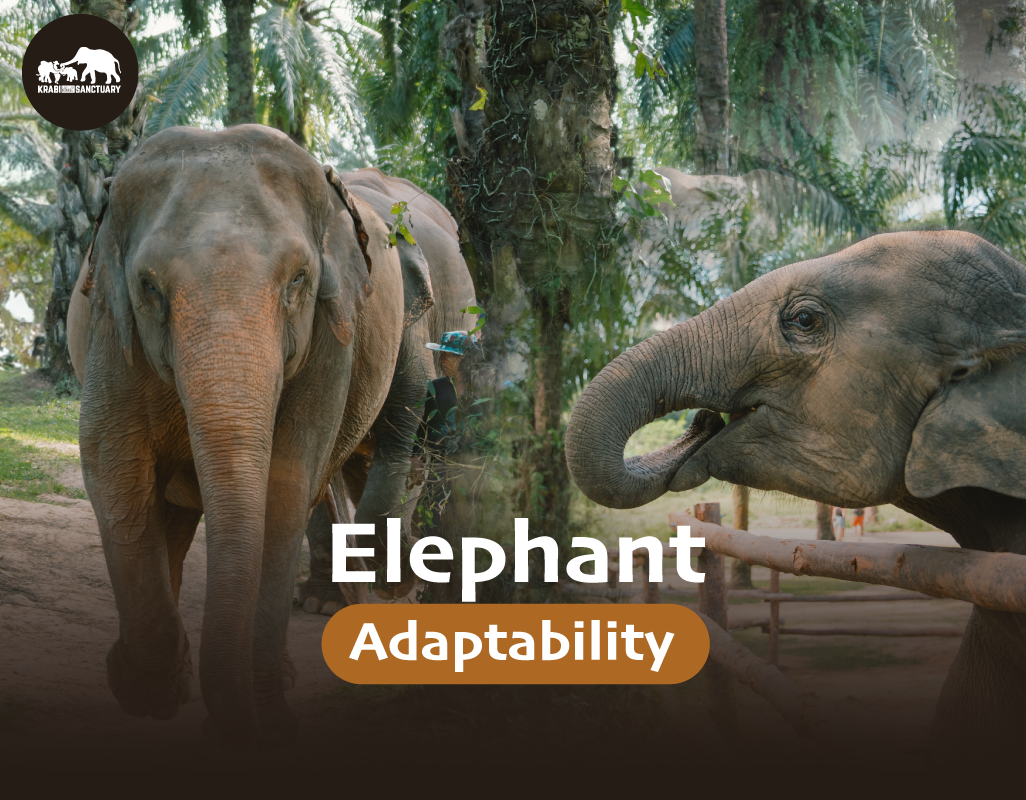News
Elephant Adaptability: Thriving in Diverse Environments
Elephant Adaptability: Thriving in Diverse Environments
Discover the Adaptations of Elephants at Krabi Elephant House Sanctuary
Habitat Harmony
Explore how elephants at Krabi Elephant House Sanctuary thrive in various ecosystems, showcasing remarkable habitat adaptability.
Culinary Expertise
Witness the dietary versatility of elephants as herbivores, adapting their feeding habits amidst the lush surroundings of Krabi Elephant House Sanctuary.
Aquatic Mastery
Dive into the water-dependent world of elephants at Krabi Elephant House Sanctuary, where they demonstrate unique strategies to seek water and endure challenging conditions.
Social Symphony
Uncover the intricacies of elephant herds led by wise matriarchs at Krabi Elephant House Sanctuary, showcasing their ability to adapt to different social dynamics.
Behavior Ballet
Experience the array of behaviors elephants exhibit at Krabi Elephant House Sanctuary for survival, from seeking shade to leveraging their exceptional memory for navigation.
Human Interaction Challenges
Explore the delicate balance needed at Krabi Elephant House Sanctuary as elephants adapt to human-altered landscapes while fostering sustainable coexistence.
Inviting You to Krabi Elephant House Sanctuary
Witness Adaptability
Visit Krabi Elephant House Sanctuary to witness firsthand the remarkable adaptability of elephants and learn about their conservation journey.
Conservation Chronicles
Participate in the conservation efforts at Krabi Elephant House Sanctuary, contributing to the protection of these majestic animals.
Future Horizons
Join us in securing the future of elephants. Your visit to Krabi Elephant House Sanctuary supports their well-being and conservation.
Appreciate the adaptability of elephants at Krabi Elephant House Sanctuary as a testament to their resilience, and become a part of their story by visiting and supporting their conservation efforts.
